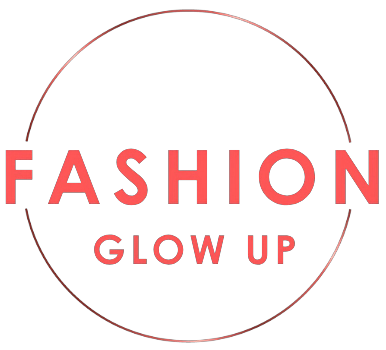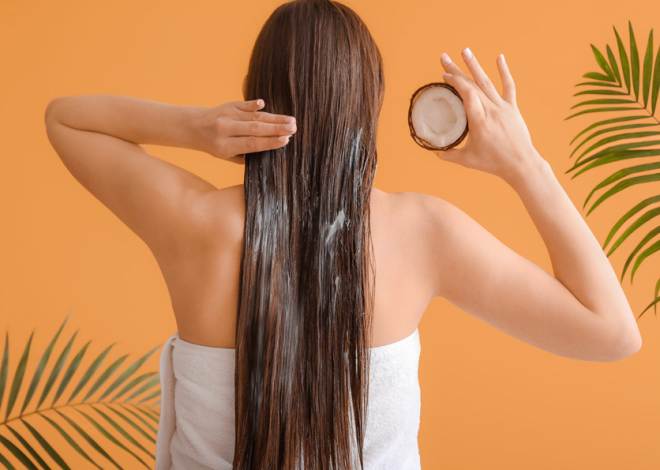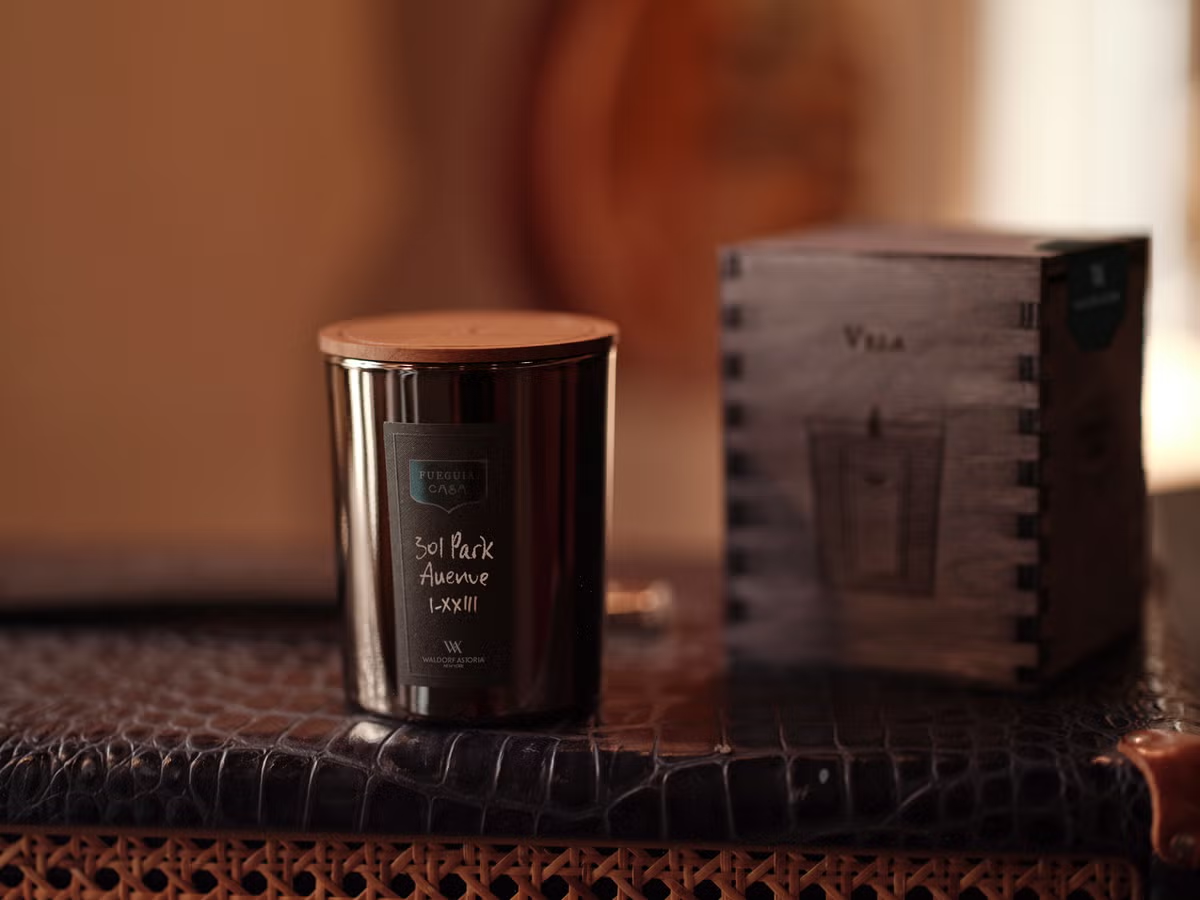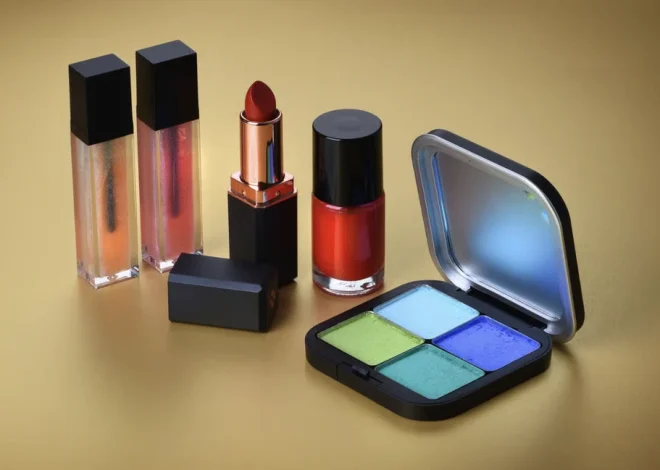How to Select a Lace Wig That Mimics Natural Hair

A lace wig can dramatically transform your appearance, but only if it looks convincingly like your own hair. These types of wigs feature a sheer lace base that sits snugly on your scalp, making the hair appear as though it is growing directly from your skin. This is what gives them their popularity, especially for creating a lifelike hairline and natural style. The key to achieving this look lies in choosing the right wig: one that matches your texture, fits your head comfortably, and feels like a part of you.
From the lace material to the length, every detail counts. Picking the right wig can boost your confidence, make you feel more like yourself, and relieve you from the hassle of daily styling.
Identify Your Natural Hair Texture and Type
To ensure your lace wig looks authentic, it’s crucial to first understand your natural hair texture. Whether your hair is straight, wavy, curly, or kinky, selecting a wig that matches your texture will make it blend in seamlessly. Additionally, consider the thickness of your hair—whether it’s fine, thick, or somewhere in between—as these subtle factors influence the overall look of your wig.
Human hair wigs offer a more natural feel and texture, though they tend to be more expensive. Synthetic wigs are more affordable, but they may not flow or appear as natural. Nonetheless, some high-quality synthetic wigs can still deliver a realistic look. If possible, visit a store to compare various wig textures in person to find the best match.
Choose the Right Lace Type for an Authentic Hairline
The lace part of your wig plays a significant role in creating a natural look. Since the lace rests against your scalp, selecting the right type is essential. There are different kinds of lace, including HD lace, transparent lace, and Swiss lace. HD lace is thin and blends well with most skin tones, while transparent lace is best suited for light skin tones. Swiss lace is strong and still maintains a natural appearance.
Always match the lace color to your scalp, not your face. This allows the lace to blend more naturally into your skin. Pre-plucked hairlines, which include soft edges and baby hairs, further enhance the realistic effect. If the wig is not pre-plucked, you can do it yourself or have a stylist help. A well-defined hairline can make a huge difference, giving the impression that the wig is growing right from your scalp.
Match the Wig Color to Your Natural Hue
Choosing the right color for your wig is vital in making it appear as natural as possible. Start by examining your roots and matching the wig’s color to your natural hair shade. If your hair has warm undertones, go for wigs with golden or reddish hues. If your tones are cooler, opt for ash or neutral shades.
Some wigs come with highlights or darker roots, which can make them look even more natural. Make sure to check the color in natural light, as indoor lighting can be deceiving. If you’re uncertain, consider consulting with a stylist or ordering a color ring to find the best match for you.
Consider Wig Density and Length
Wig density refers to how thick or full the hair appears. To achieve a natural look, choose a density that matches the thickness of your own hair. For fine hair, a high-density wig may appear too heavy or artificial. Wig densities typically range from 130% (light) to 180% (full), with 150% being a common choice for a natural yet full look. The length of the wig also affects its appearance—opt for a length that mirrors your usual style for a seamless look.
Longer wigs can be glamorous, but they often require more maintenance and may tangle easily. Shorter wigs are easier to manage and usually look more natural.
Pay Attention to Cap Size and Construction
The right cap is essential for a wig to look natural. If the cap doesn’t fit properly, it won’t sit well on your head, regardless of the quality of the hair. Make sure to measure your head circumference before purchasing by using a soft tape measure around your forehead, ears, and nape. Most wigs come in small, medium, or large sizes, but some offer adjustable straps for a more customized fit.
Also, consider the type of cap. Lace front wigs offer a natural hairline, while full lace wigs allow for more styling versatility but may be more expensive. 360 lace wigs are ideal if you want the option of ponytails or updos. Glueless wigs are great for beginners, offering a secure fit without damaging glue. Choose breathable caps for comfort and to prevent overheating. A snug, secure fit ensures the wig stays in place and feels natural.
Evaluate Styling Versatility and Parting Options
Another important factor to consider is how versatile the wig is when it comes to styling. Wigs with free or multiple parting options allow you to create different looks, such as middle, side, or deep parts, just like you would with your natural hair. Some wigs come with pre-plucked part lines, enhancing their realism.
If you enjoy styling your wig with heat tools, such as curling irons or blow dryers, be sure to choose a human hair wig, as synthetic wigs can’t always withstand heat. Look for wigs that include baby hairs or layers that match your usual hairstyle. These small details help create a more natural look. Having the flexibility to style your wig will allow you to replicate your everyday hairdo.
Try Before You Buy (or Purchase from Reputable Brands)
If possible, try on the wig before purchasing to ensure it fits well, feels comfortable, and looks natural. Pay attention to how the lace blends with your skin and how the hairline appears. If trying the wig on isn’t an option, choose a reputable brand with positive reviews, customer photos, and a solid return policy. Avoid purchasing from sites that only display edited images or offer prices that seem too good to be true.
Reputable brands often provide color charts, texture samples, and video demos to help you make an informed decision. Some even offer virtual try-on tools that give you a better sense of how the wig will look on you.



